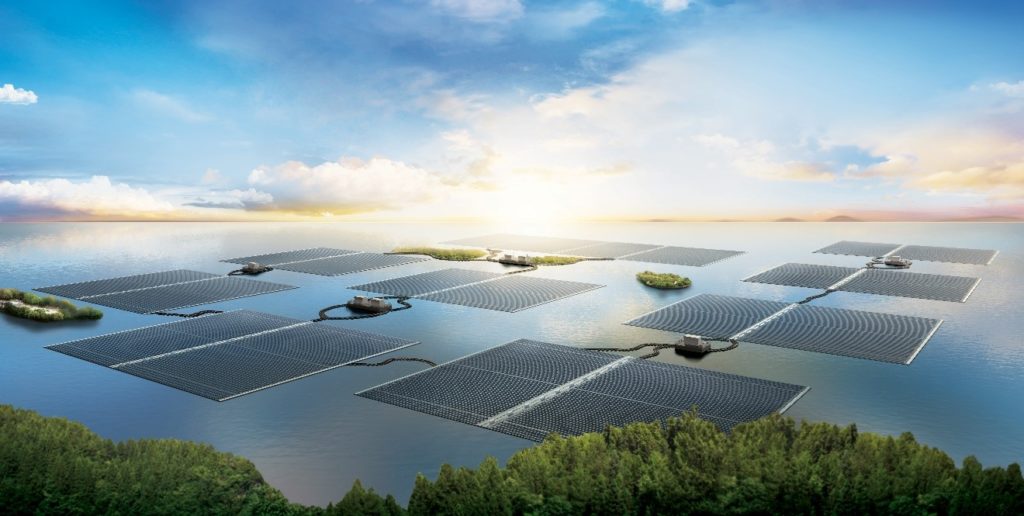
Trina Solar will build a 71MW floating PV (FPV) project in the Malaysian state of Sarawak after winning a tender held by the state’s utility, Sarawak Energy.
Located at the Batang Ai hydroelectric plant to facilitate grid connection, the project, spread across more than 190 hectares, will constitute the first large-scale FPV project to be built in Sarawak, Trina said.
Try Premium for just $1
- Full premium access for the first month at only $1
- Converts to an annual rate after 30 days unless cancelled
- Cancel anytime during the trial period
Premium Benefits
- Expert industry analysis and interviews
- Digital access to PV Tech Power journal
- Exclusive event discounts
Or get the full Premium subscription right away
Or continue reading this article for free
The project will use N-type bi-facial high efficiency PV modules alongside string inverters to “improve system performance efficiency and reduce the project’s levelised cost of electricity (LCOE),” Trina said.
In addition to building the FPV plant, Trina will also upgrade the high-voltage substation and conduct operations and maintenance (O&M) services for the project.
“We continue to strengthen our position in Malaysia to contribute to the decarbonisation of the country’s energy systems through utilising better solutions and services,” said Linhui Sui, president of Trina Solar’s International Systems Business Unit.
FPV is increasingly seen as an attractive option for countries with strong solar resources but limited land availability. However, regulatory hurdles have held the technology back from greater roll-out, with some companies calling for permitting reform to speed up deployment.
Energy advisory DNV has introduced two joint industry projects (JIPs) to help standardise the development of FPV. The two JIPs will aim to create an anchoring and mooring design standard as well as a float design, testing and qualification standard aimed at addressing specific issues for FPV structures.






